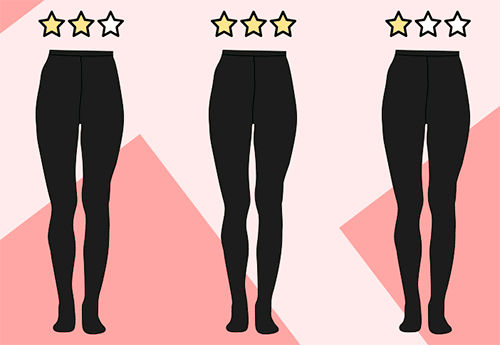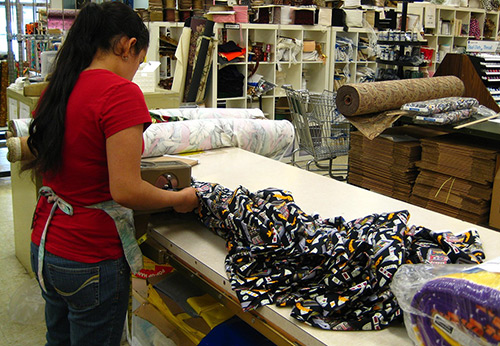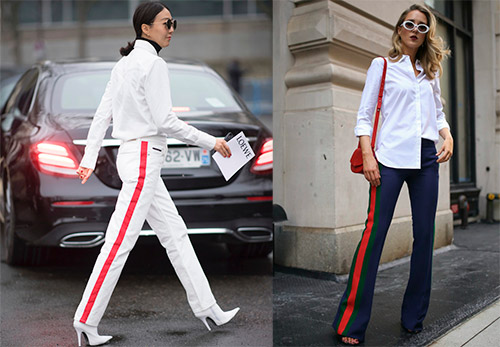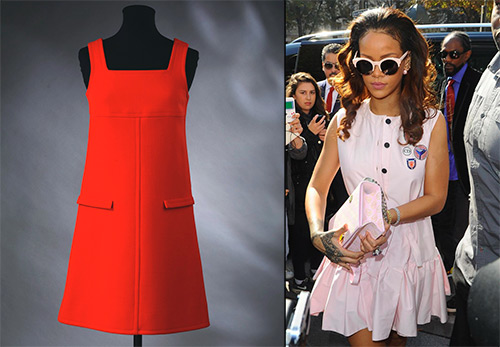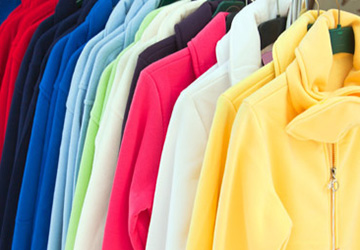Materials Science
Lycra - the history of creation and properties of fabric
Giorgio di Sant'Angelo, together with DuPont, invented new fabrics such as elastic silk that could stretch in any direction, fabrics using wool and acrylic threads, sheer fabrics. From the 1960s to the 1990s, he also worked with lycra. His stretch fabric designs have been successful and have been copied all over the world - from tracksuits to evening gowns. Clothing made from elastic fabrics became a second skin.
Lycra was invented as part of the DuPont company. Considering that the fashion of the late 40s and early 50s required wasp waists, superelastic fiber for the production of corsetry and belts was urgently needed. But in 1959, the lycra that appeared was no longer so in demand for corsets, since women again abandoned these products. Then its creators found another use for it - in the production of stockings and tights, where lycra was appreciated. But that's not all. Lycra began to be used in sportswear.
The 60s of the twentieth century - the space age, the beginning of the birth of materials of the future. Synthetics were very popular, because wool, cotton or silk were not suitable for space clothing.
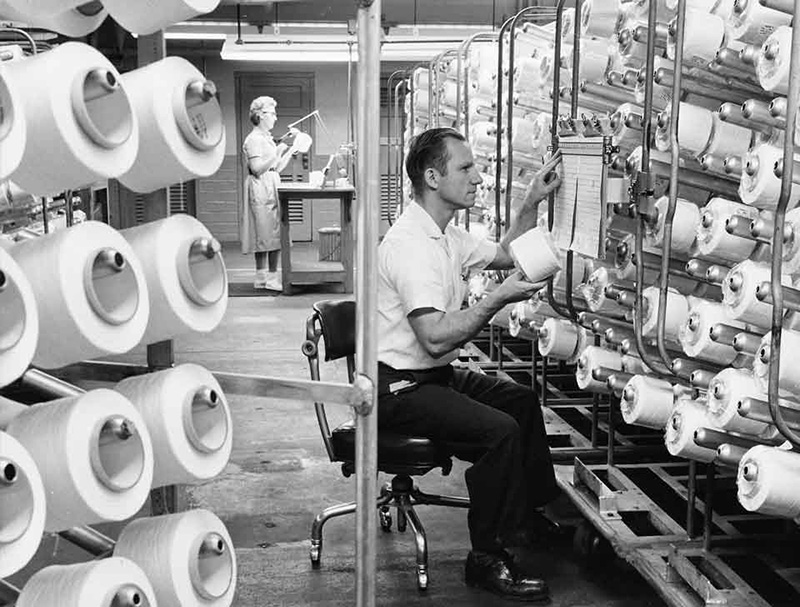
Lycra appeared in Japan in 1963, in Europe in 1965, and in Russia in 1970.
Following new trends, many designers are starting to use fabrics in clothing that were previously only found in sports. And this is, first of all, lycra.
And already at the end of the twentieth century elastic fabrics became for us what jersey was for Coco Chanel. Azzedine Alaya in the 80s, he creates dresses from elastic fabrics that stretch like rubber, without deforming and returning to their original form.
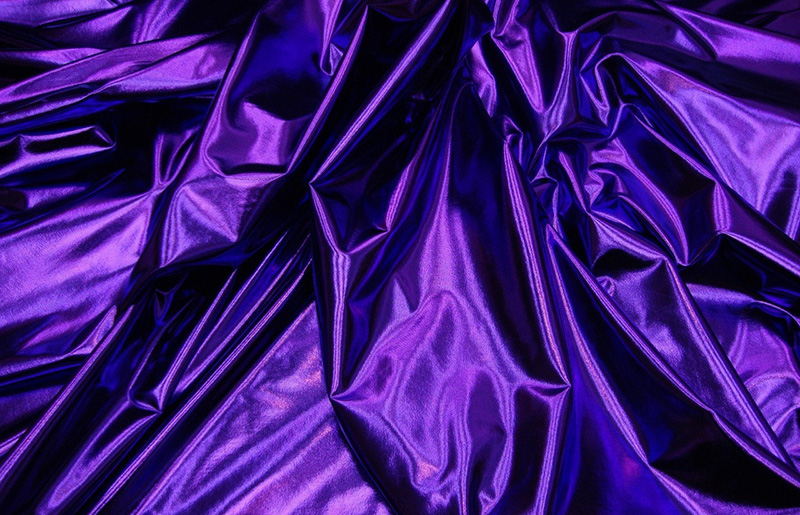
Today, one of the most popular materials is lycra, which combines well with various, both natural and other artificial fibers.
Lycra - polyurethane fiber
Polyurethanes are polymers whose macromolecules are composed of groups that combine hydrogen, oxygen and carbon atoms. Polyurethanes are used to make fibers, they have significant elasticity. By changing the ratio of the individual components, the properties of the fibers can also be changed. On the basis of this, synthetic threads have been developed - spandex, lycra, dorlastan. Molding of polyurethane threads is carried out from melts and solutions by dry and wet methods.
The most distinctive features of polyurethane threads are high elasticity (elongation at break reaches 800%). At 300% elongation, the initial recovery of the threads is 92–98%.
Polyurethane threads are resilient and shape-stable, crease-resistant and abrasion-resistant. They are quite resistant to light weather and various chemical reagents. However, when heated to 150 ° C, their destruction occurs.

Polyurethane fibers are used to create a variety of materials. They serve as a kind of frame rods around which the threads of other fibers are wound.
Lycra based on polyurethane threads, in addition to the listed properties, is resistant to dirt - to clean the material, you just need to rinse it in clean water.
Lycra thread is extremely thin, so it is very easy to weave it into other fibers, both artificial and natural, which makes this material one of the most versatile in use. Weaving lycra threads into the base material creates greater strength and durability. There are not so many products made from one Lycra, most of such materials are in which Lycra is combined with other fibers.
Lycra properties
Lycra does not interfere with the "breathing" of the skin, that is, it has sufficient air permeability.
The fabric drapes well.
Lycra is lightweight.
Due to the density of 1.1-1.3 g / cm? a stretch effect is obtained, which makes lycra a favorite material for many women.
Lycra, like all polyurethane, does not fade in the sun and does not deteriorate in salt water, and also does not lose its original color tone.
And finally, things with lycra content are perfectly washed, practically do not wrinkle, do not deform, retaining their qualities for a long service life.
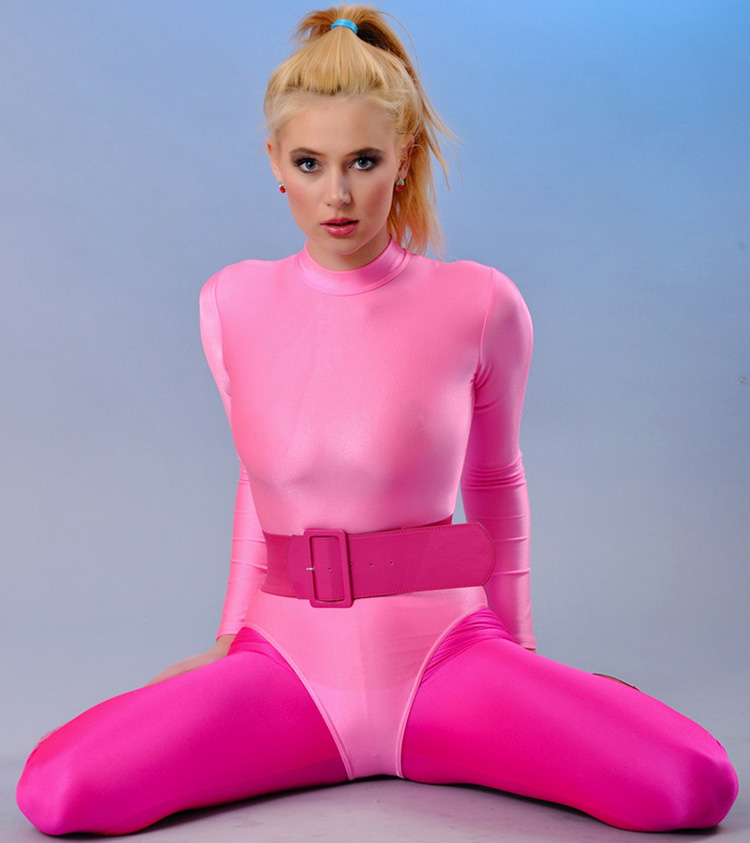
Where is this material used?
As it was said at the beginning - lycra is used in women's tight-fitting clothes, which are loved by many women of fashion - tops, shorts, dresses, in sportswear for fitness, dancing, in bright swimsuits.
Lycra clothing stretches and returns to its original state, repeats the shape of the body, without hindering movement.
Lycra lingerie is a model that creates a figure correction due to the stretch effect and elasticity.
Tights, stockings, jeans - all these are things in which lycra material is used, that is, all those products from which women expect a tight fit of the body.
Lycra is known and popular all over the world today.
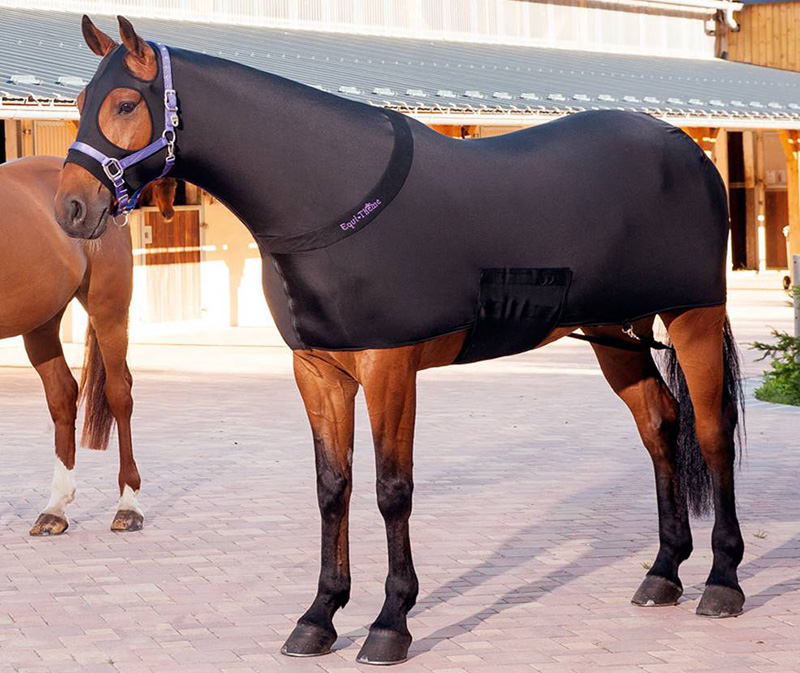
Lycra Care
Since lycra, most often, is an additional component in the fabric, one should take into account the properties of the fiber that is the main one in the product.
If we talk only about polyurethane fibers, then it should be noted that
• they can be washed both in the washing machine and by hand, while the water temperature should not be higher than 40 ° С. It is better to use delicate detergents and delicate mode in washing;
• it is necessary to dry products only in natural conditions;
• ironing is recommended from the wrong side in a delicate mode.
By following these simple guidelines for caring for your products, you will keep them in excellent condition, and they will delight you with their delightful advantages more than once.
The elastic garment follows every curve of the body and every gesture. A woman looks erotic in such clothes. The body is exposed. Some people like it, but some don't. It should not be forgotten that a woman lacks an element of mystery in tight-fitting clothes.
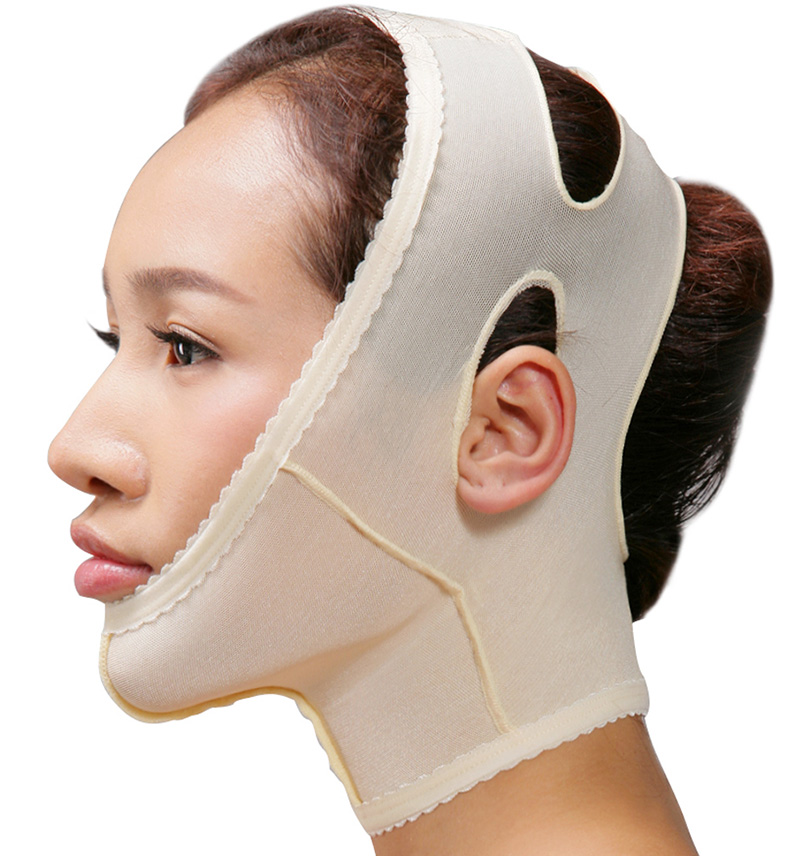
Lycra face mask
Comments and Reviews
Add a comment
Rating news
Shades of clothing that make women look younger
What shades of hair make women younger: rules and photos
Funny wedding dresses - photos and ideas
12 most expensive down jackets for the winter
How to look 25 at 40: tips from supermodels
Beautiful schoolgirls
Anti-aging haircuts and hairstyles for women
Fashionable skirts for autumn and winter
Fashionable women's trousers for the cold season
Fashionable and stylish sandals for summer 2024
Spring-summer 2024
 Fashionable dresses and tops with thin spaghetti straps
Fashionable dresses and tops with thin spaghetti straps
 Bandana tops: how to wear stylishly and beautifully
Bandana tops: how to wear stylishly and beautifully
 How to put together the perfect men's wardrobe for the summer
How to put together the perfect men's wardrobe for the summer
 Fashionable shorts for spring-summer 2024
Fashionable shorts for spring-summer 2024
 Fashionable skirts for spring-summer 2024: a guide to online shopping
Fashionable skirts for spring-summer 2024: a guide to online shopping
 The most fashionable dresses spring-summer 2024: styles and colors
The most fashionable dresses spring-summer 2024: styles and colors
 Fashionable total look 2024: ideas of images and trends
Fashionable total look 2024: ideas of images and trends
